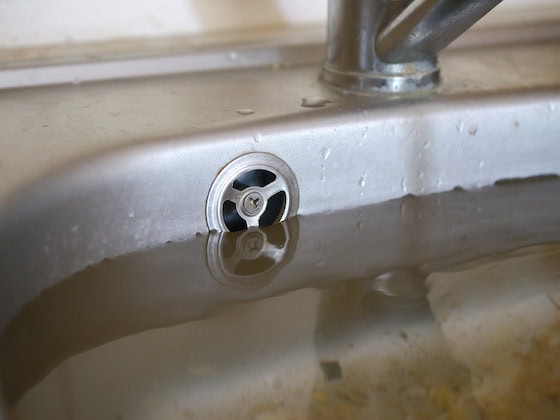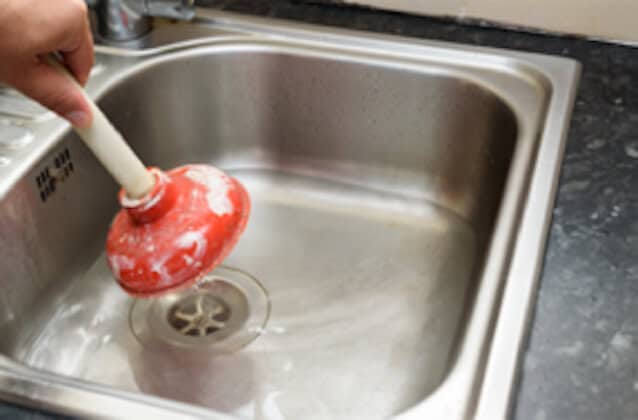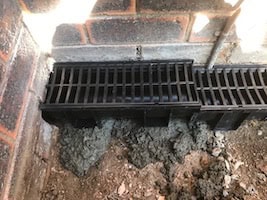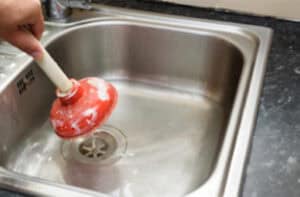Welcome to the world of plug and waste systems. Whether you’re facing a slow-draining bath, vanity, double kitchen sink, or laundry tub, troubleshooting varies based on the type of sink in question.
We’ll show you how on these links:
In the bath and vanity, you might have a chrome pop-up plug, a perfect blend of style and function. This smart designs allow you to control water flow easily – just a simple push to hold water for a relaxing soak, and another push to release it.
The kitchen is where it’s all about function and convenience. Here, you may have a double sink setup, with one side possibly with an InSinkErator. This handy addition maximizes efficiency by grinding food scraps.
And then there’s the utilitarian laundry tub, the practical hub of the home. This no-frills sink is built for heavy-duty use and often withstands all sorts of residue buildup.
Let’s dive in and explore how to troubleshoot these different types of sinks.
How to unclog a kitchen double sink
Fill both the bowls with water and plug the side you will not be plunging. Get someone else to hold down the plug firmly.
While the plug is being held down firmly, plunge the other side. Follow the steps in ‘How to use a plunger’.
Repeat this process for the other sink.
Troubleshoot a pop-up plug
If you have a pop-up plug, push the plug down and release the water. If water is draining away slowly then place your fingers on the top of the chrome plug and turn anticlockwise to remove the plug.
Inside you’ll often find a build-up of soap and hair, clean it out. Turn the tap on and flush some water down the drain.
If the water is still backed up this means the trap under the sink could be blocked. If this is the case then you’ll need a sink plunger. You can get one here. A plunger can be used on any sink.
How to use a plunger
- Before using the plunger, make sure there’s plenty of water in the bowl. (ensure the plug isn’t in the bowl)
- Place the plunger over the waste hole.
- Hold base of the plunger with one hand to steady it, push and pull vigorously.
- Lift the plunger slightly on the upstroke to allow a little more water under the plunger.
- Repeat this process about 6 times.
- Sometimes you can feel the water pushing through the drain quite fast. If so, lift the plunger to allow more water down the drain.
- If the blockage persists, ensure the rubber part of the plunger is fully submerged under water and repeat.
Note: If there’s air under the plunger it won’t work. If that still doesn’t work let the water slowly drain away.
Drain clearing chemicals
Drain-cleaning chemicals are extremely toxic. Don’t breathe in the vapors or get the product on your skin.
Important
If there is an InsinkErator, Do not pour drain cleaner into it!
Once the water has drained away you’ll need to get some drain-clearing chemicals. These can be bought at the supermarkets or your local hardware store. Follow the instructions on the bottle carefully.
If none of these steps work, then it might be time to call in a plumber.
So there you have it, a few simple steps you can take to clear your blocked drains. Try these steps before you make a costly call out for a plumber.





